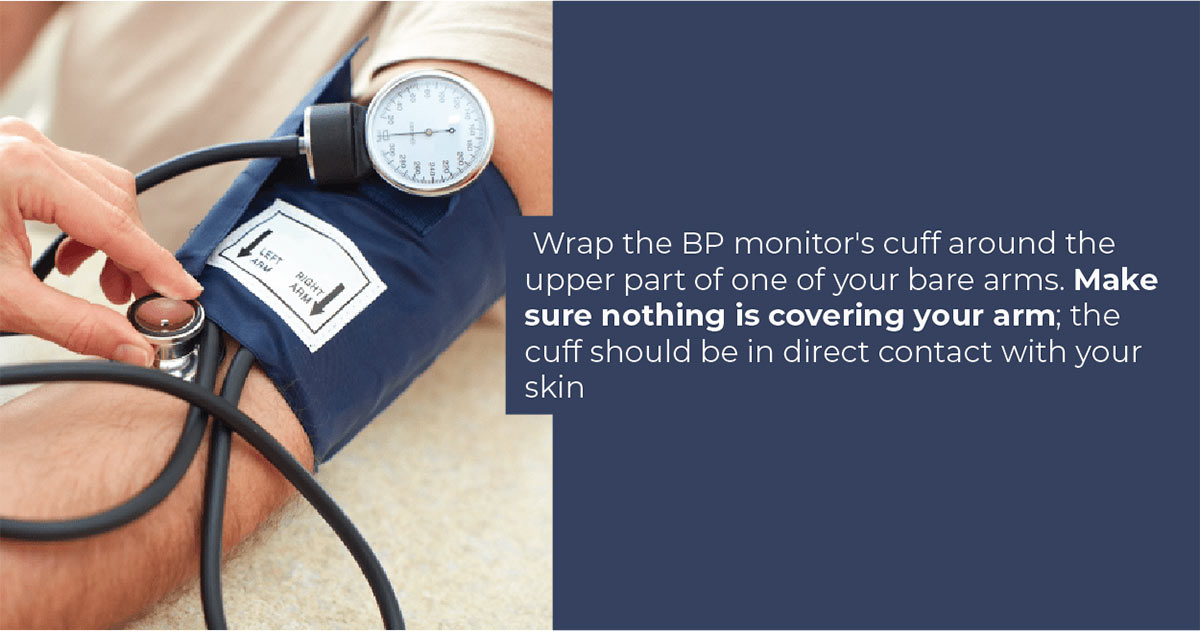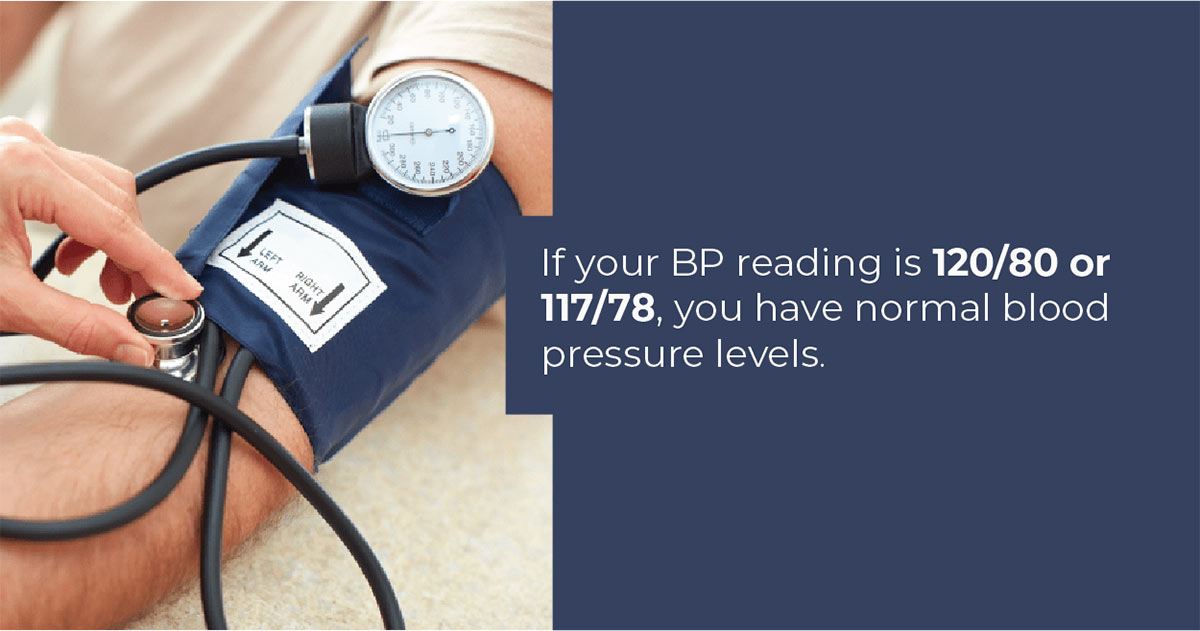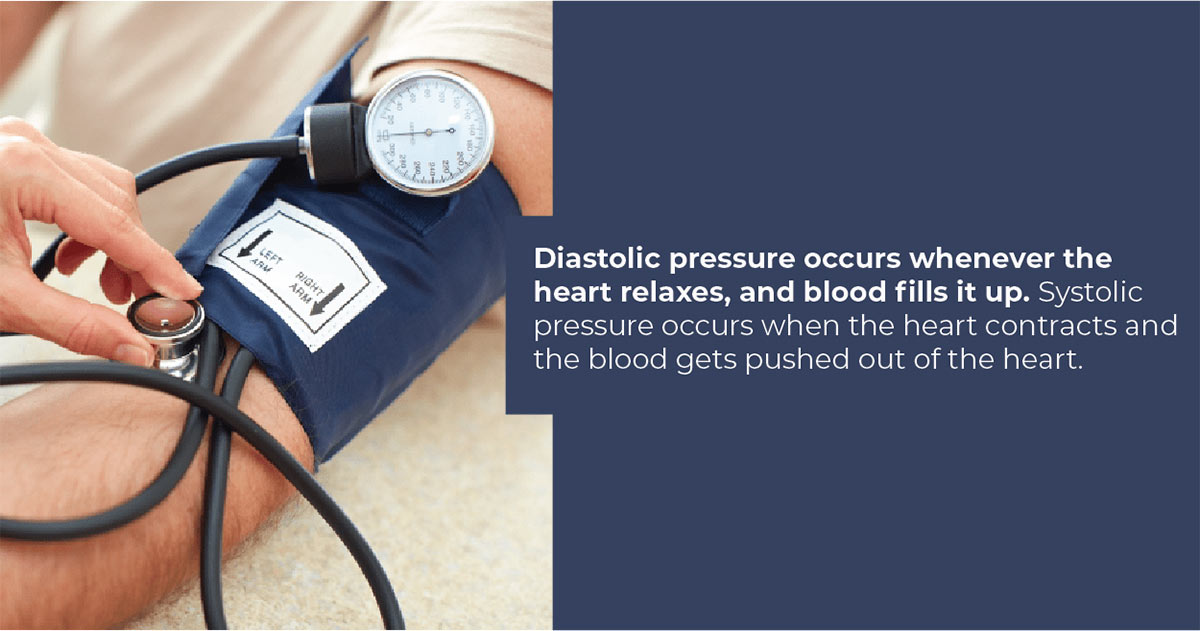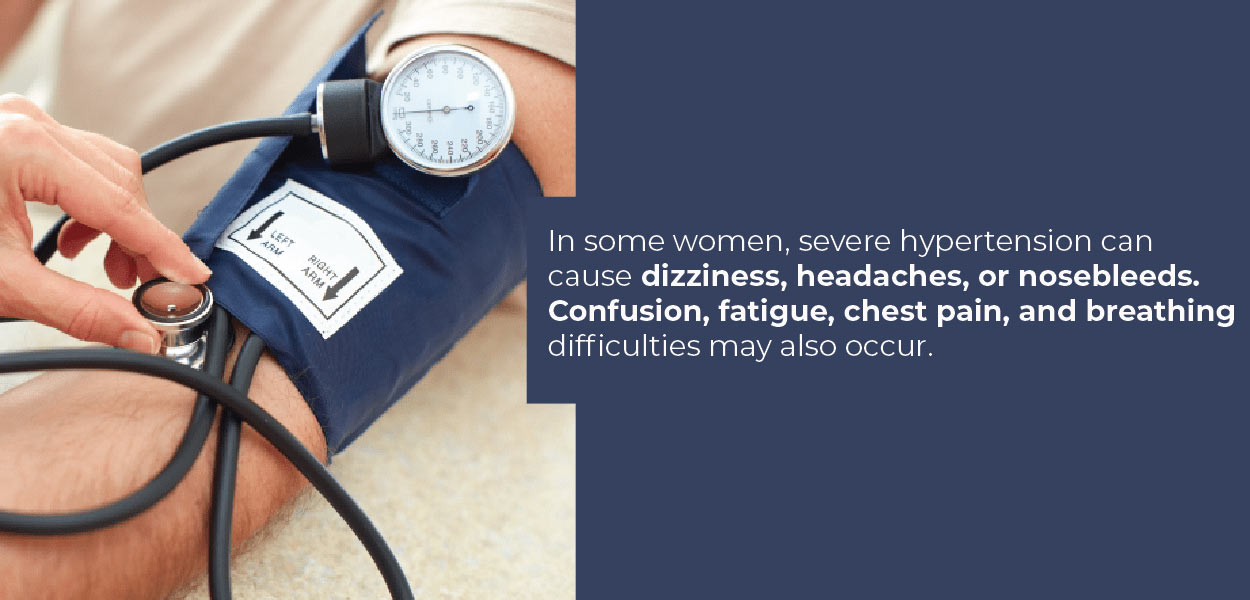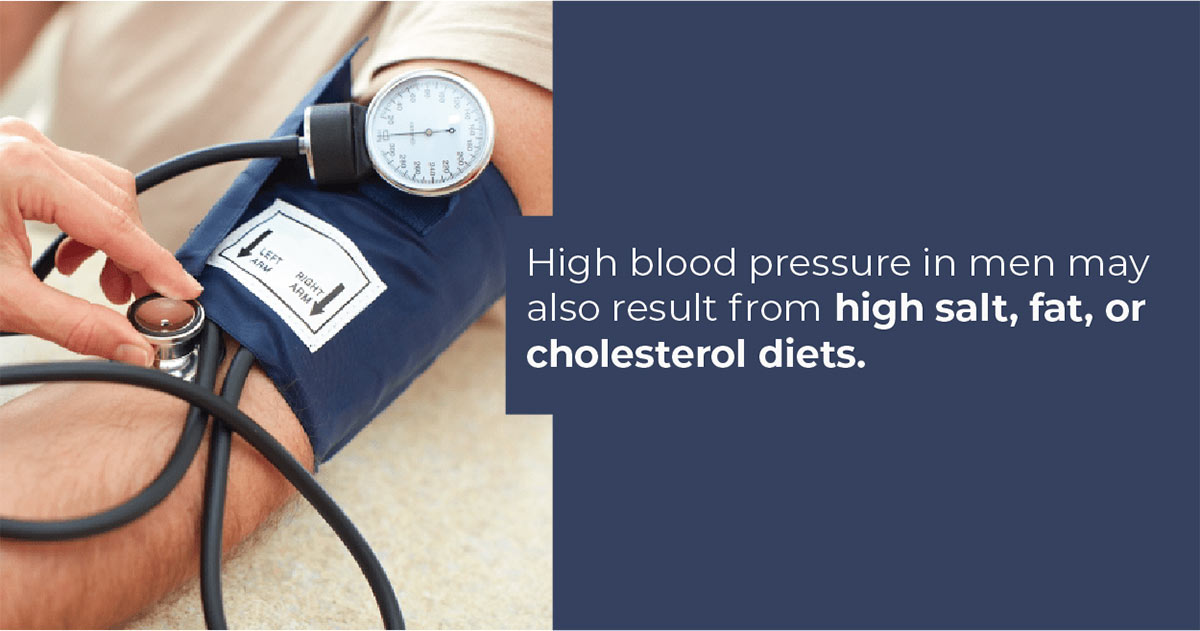Hypertension is common in Canada, affecting one quarter of all adults. Experts estimate that this condition cost the country at least $20.5 billion in 2020. What's more, it's one of the leading risk factors for cardiovascular disease.
For those reasons, it's vital you learn more about how to read and use the latest blood pressure chart in Canada. If you keep track of your blood pressure numbers, you can take action as soon as they exceed normal levels.
To that end, we created this guide to understanding blood pressure. Read on to discover the key facts about blood pressure monitoring.
The Blood Pressure Chart in Canada: Taking and Interpreting the Numbers
The best blood pressure monitor in Canada used in healthcare offices is the AOBP monitor. AOBP stands for Automated Office Blood Pressure.
Outside of the doctor's office, a home blood pressure monitor will suffice. In fact, health experts recommend their use for patients with insufficient BP control. Health experts refer to this as home blood pressure monitoring (HBPM).
Here are some of the guidelines to keep in mind when buying and using a blood pressure monitor.
Investing In a Clinically-Validated Monitor
As you shop for a BP monitor, look for a label that says "Recommended by Hypertension Canada." Hypertension Canada is a non-profit organization dedicated to preventing and controlling hypertension. It helps in the clinical validation of the accuracy of BP devices for home monitoring.
You can ask your doctor to help you pick the best blood pressure monitor in Canada, too. Your healthcare provider will also help you measure your arm so you can select the right cuff size. Your physician can also check your BP monitor every year to ensure it remains accurate.
Lastly, check if your secondary health insurance covers medical devices. Your supplemental health plans may offer some form of coverage for BP monitors.
Correct Way to Measure Blood Pressure With a BP Monitor
Take your blood pressure measurement in a peaceful, stress-free, and quiet spot at home. Sit in a comfortable chair with adequate back support. Keep your legs uncrossed, and be sure your feet lie flat on the floor.
Next, wrap the BP monitor's cuff around the upper part of one of your bare arms. Make sure nothing is covering your arm; the cuff should be in direct contact with your skin. The cuff should be snug, but you should still be able to slip at least one fingertip underneath.
Set your arm on a supportive surface, such as a desk. The cuff's center part should be at heart level. Once you're all set, you can turn on your BP monitor so that it can start taking your BP.
Reading a Blood Pressure Chart
Your BP monitor will display two numbers. The first (higher) number is systolic blood pressure (SBP). The second (lower) number is diastolic blood pressure (DBP).
In Canada, the ideal or low-risk systolic pressure is 120 or less. By contrast, the optimal diastolic blood pressure is 80 or less. So, if your BP reading is 120/80 or 117/78, you have normal blood pressure levels.
Diastolic vs. Systolic Blood Pressure
Diastolic pressure occurs whenever the heart relaxes, and blood fills it up. Systolic pressure occurs when the heart contracts and the blood gets pushed out of the heart.
According to health experts, both types of blood pressure are equal in importance. However, higher SBPs appear to come with higher risks of cardiovascular disease.
However, diastolic blood pressures can also go up due to a high-sodium diet. It also tends to be higher in patients with obesity and high alcohol consumption. Having a sedentary lifestyle and some types of medications can also make the DBP go up.
Aside from your SBP and DBP, you should also keep track of your pulse pressure.
Your pulse pressure is the actual difference between your SBP and DBP. So if your BP reading is 120/80, your pulse pressure is 40. Health experts say that the normal pulse pressure is 40 mmHg.
What Are The New Blood Pressure Guidelines In Canada?
Canada now uses Hypertension Canada's 2020 hypertension guidelines. Under the new guidelines, the normal blood pressure level is still 120/80 mmHg. This applies to low-risk individuals, including healthy seniors.
What Is Considered High Blood Pressure in Canada?
As per the latest published guide, HBPM values higher than 135/85 mmHg are already high. This is lower than the previous level of 140/90 mmHg.
However, note that gender also plays a role in a person's risk of developing hypertension.
Causes of Hypertension
In most cases, the exact cause of hypertension is unknown. Healthcare professionals refer to this as "primary (essential) hypertension." This is the type that develops at a gradual rate, taking years before it becomes apparent.
In other people, their hypertension is a result of an underlying condition. Doctors call this "secondary hypertension." It tends to occur suddenly and also causes greater elevations than primary hypertension.
A few examples of underlying conditions are obstructive sleep apnea and kidney disease. Thyroid problems and congenital blood vessel defects may also lead to secondary hypertension. Medications such as pain relievers and decongestants may also spike your BP.
For Women
Post-menopausal women are at a higher risk of developing hypertension. This is especially true for their systolic blood pressure.
In some women, severe hypertension can cause dizziness, headaches, or nosebleeds. Confusion, fatigue, chest pain, and breathing difficulties may also occur.
Please be aware, though, that high blood pressure can also occur without symptoms.
What Causes High Blood Pressure in Women?
Hormonal changes may be a factor in the elevated risk of women for hypertension. This is also why pregnant women may be at a higher risk of high blood pressure.
The menopausal transition, which also involves hormones, may also play a part. For example, estrogen is a hormone that aids in the dilation of the blood vessels. It also helps reduce endothelin, a substance that makes the blood vessels constrict.
However, estrogen levels start to decline as early as the premenopausal stage. This decrease continues during and after the onset of menopause. It's in this way that menopause may be a causative factor of hypertension in women.
For Men
Men younger than 65 are more likely to develop hypertension than women of the same age range. That's why it's best for men to have their blood pressure tested each year as soon as they hit 40. However, men with a high risk of blood pressure should get tested at an earlier age.
As for symptoms, men usually experience the same ones experienced by women.
What Causes High Blood Pressure in Men?
High blood pressure in men may also result from high salt, fat, or cholesterol diets. Such dietary habits are often more common in men, although it still depends on their age. In general, Canadian men have shown to account for two-thirds of the economic burden of poor diet.
What Are the Best Ways To Lower Blood Pressure?
Physical activity is no doubt one of the fastest, most natural ways to lower your blood pressure. Walking for even just half an hour each day can bring your blood pressure down. Of course, the more exercise you do, such as riding a bike, the greater the results you'll see.
You should also feast on more berries, bananas, beets, kiwis, and watermelon. Dark chocolate, oats, and leafy green veggies are also BP-friendly food choices.
As for healthy beverages, try reaching out for unsalted tomato juice. Researchers found that one cup a day can improve both SBP and DBP. The scientists also say it can help reduce bad cholesterol levels.
Juice made from beets, prunes, and berries, as well as tea and skim milk, may also benefit your blood pressure. You should also try oat milk, a healthy, delicious alternative to dairy milk.
What Are The Worst Foods For Blood Pressure?
Foods high in salt, sugar, and cholesterol are some of your blood pressure's worst enemies. However, they can do more damage than just making your BP skyrocket. They may also affect life expectancy, considering that they can contribute to obesity.
Please steer clear of canned tomato products, as these are usually salted. That's why you'd want to go with pure, unsalted tomato juice.
Processed meats, like cured deli, typically contain high amounts of salt, sugar, or both. You should also avoid frozen pizza, which contains processed and preserved ingredients.
Track Your Blood Pressure Starting Today
There you have it, your easy-to-understand guide on the blood pressure chart in Canada. Just remember that 120/80 mmHg is the ideal BP level you should aim for. If it's 135/85 mmHg or higher, see your doctor for a professional hypertension diagnosis.
It may also be a good idea to get extra health coverage to help with hypertension health costs. Specific health plans provide coverage for pre-existing conditions, such as high blood pressure.
Our team here at Insurdinary can help you secure the best health insurance quotes in Canada. Send us a message now so that we can start rounding up the top offers suited for your needs.


